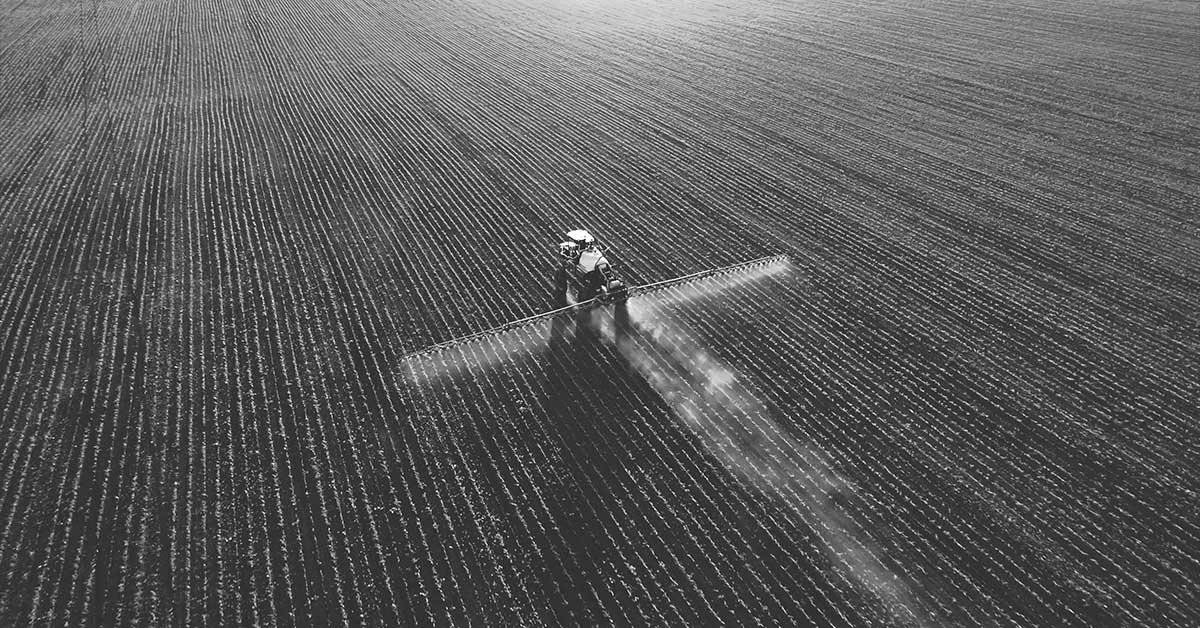
Agriculture, a fundamental aspect of human civilization, plays an important role in global economic stability, contributing 4% to the global GDP. This sector not only provides food, but also supplies vital raw materials for various industries and drives economic development through job creation and trade facilitation.
As we observe a technological revolution impacting every sector, agriculture is also experiencing remarkable digital transformations. The integration of technology in agriculture, such as in precision farming and automated agriculture, is transforming agricultural practices and promising higher efficiency and productivity. Precision agriculture, for instance, is driven by advancements in artificial intelligence, robotics, and smart sensors. It enables farmers to optimize resource usage, minimize waste, and maximize yields. However, this swift technological progression presents new challenges, especially in cybersecurity.
Despite not historically being a primary target for cybercriminals, the increasing digitization of agriculture exposes it to vulnerabilities. From malware attacks exploiting weaknesses in Operational Technology (OT) and Information Technology (IT), to the looming threat of ransomware disrupting this sector, cybersecurity has indeed become a pressing concern in agriculture.
There are many cyber threats and vulnerabilities facing the agriculture sector. However, there are also actionable strategies for mitigating these risks.
Consequences of Cyber Threats and Vulnerabilities in Agricultural Systems
5 major cybercrime events are currently plaguing the agricultural industry: ransomware, phishing, data manipulation, supply chain disruptions, and confidential information theft.
While these exploits can be carried out in different ways, they all cause similar damages, both financial and otherwise, to agro-businesses. Some of those consequences include:
Global Food Security Threats
Global cyberattacks pose a severe threat to food security, especially when directed at smart farming and precision agricultural devices. These large-scale attacks carry the potential for widespread hunger and economic devastation across different geographical tiers, spanning from local to international levels.
Financial Impact
Cyberattacks can impose substantial economic burdens on agricultural enterprises. This could include expenses related to incident response, recovery, and remediation efforts. Furthermore, these agro-businesses may face financial setbacks due to operational disruptions, reduced productivity, legal liabilities, and potential penalties for non-compliance with data protection regulations.
Supply Chain Disruptions
Attacks targeting suppliers, distributors, or logistics providers may result in delays in delivering products, shortages, or the infiltration of counterfeit goods into the market. Such disruptions can reduce food availability, increase consumer prices, and undermine the profitability of companies operating within the sector.
Compromised Food Safety
Cyber incidents may involve manipulation of data related to food quality, contamination testing, or traceability, potentially resulting in the distribution of unsafe or contaminated food products. This poses significant public health risks, triggering product recalls and damaging the reputation of food producers and suppliers.
Real-world Cyber Attacks on Agro-businesses.
Without concrete evidence, the consequences mentioned above may appear exaggerated. However, cyber breaches indeed occur in the agricultural sector and have been documented since 2020.
The JBS ransomware attack, which occurred during the Memorial Day weekend in 2021. Since JBS is one of the world's largest meat processing companies, the attack disrupted a significant portion of the meat supply chain, affecting operations across multiple states. This attack was attributed to a Russian criminal group that used the REvil ransomware and prompted JBS to pay $11 million in Bitcoin to minimize production losses.
Similarly, Harvest Sherwood, a major food distribution company based in Detroit, fell victim to attackers in May 2020. This attack resulted in the theft of critical data and a $7.5 million ransom demand.
Other cyber attacks on agro-businesses include the JFC International ransomware attack in March 2021, the Loaves & Fishes data exfiltration in August 2020, and the Home Chef security incident in May 2020.
Challenges and Possible Solutions
There are 4 major challenges that hinder effective cybersecurity in the agricultural sector. Those challenges include:
Perceived Stability
The agricultural sector often operates smoothly, leading to a lack of awareness regarding threats and vulnerabilities that plague it.
To address this, government agencies should institute a proactive approach to cybersecurity education and training within the agricultural sector. This can be done by implementing regular cybersecurity awareness programs, conducting risk assessments, and fostering a culture of cybersecurity consciousness within the agricultural sector.
Automation Dependency
The food and agriculture industry heavily relies on automation to maintain low prices and efficient distribution. This dependency often leads to the assumption that these automated systems have lower cyberattack risk due to internet insulation. However, this assumption has led to complacency and insufficient security measures.
A shift towards recognizing the potential vulnerabilities in automated systems would be an effective solution to this challenge. Additionally, comprehensive cybersecurity strategies should be implemented to protect these critical devices. This includes conducting regular security assessments, ensuring the integration of cybersecurity measures into automated systems from design to deployment, and providing continuous training and awareness programs.
Challenges in Rural Areas
Many farms are located in remote rural areas with limited critical infrastructure support. This results in difficulties for communication networks and data security.
To solve this, agro-businesses should implement innovative solutions such as satellite-based internet connectivity and localized data storage systems. Additionally, government agencies, technology providers, and agricultural stakeholders should collaborate to invest in and improve infrastructure in rural areas. This would ensure reliable and secure communication networks for agricultural operations.
Misconception of Air Gap
The belief in a complete air gap between automated agricultural processing systems and the internet is misleading. This misconception leads to a false sense of security, as people forget that updates to operating systems and production software can inadvertently introduce vulnerabilities during the process.
To address this, it's important to recognize the interconnected nature of modern systems. Agro-businesses need to implement cybersecurity measures that go beyond relying on physical isolation. This includes regular risk assessments, maintaining up-to-date software and hardware, using secure data transfer methods for necessary updates, and educating staff about cybersecurity risks and practices.
Recent attacks against food distributors has shown the need to protect the entire agricultural sector. A strong agricultural sector is not only important in prosperous nations, but as food insecurity remains a global problem, the need to build security and resiliency into all areas of the food chain becomes critical.
About the author:

Aniagolu Diamaka is a seasoned tech writer, analyst, content and copywriter with 4 years of industry expertise. She specializes in crafting captivating copy that engages tech audiences. And thrives on exploring unconventional and thought-provoking tech topics that are often overlooked. Her work has been featured in reputable publications such as Dark Reading, Dzone and Unwritten Tech News.
Editor’s Note: The opinions expressed in this and other guest author articles are solely those of the contributor and do not necessarily reflect those of Tripwire.

